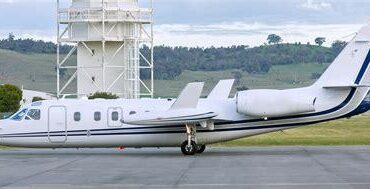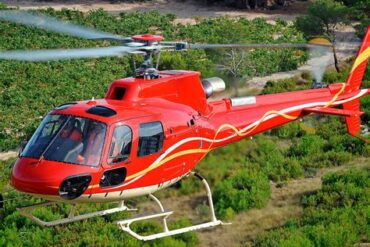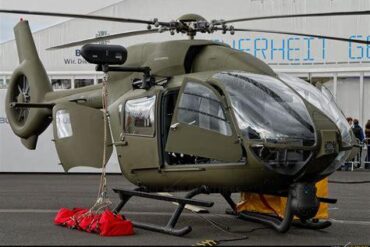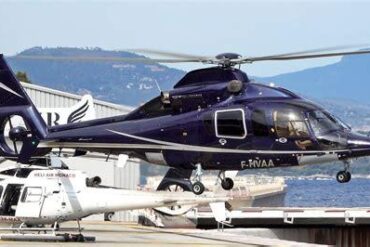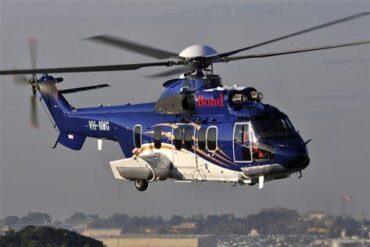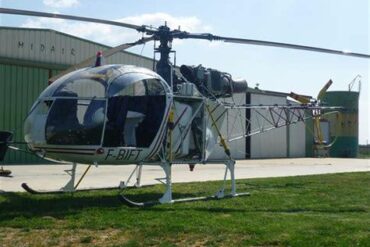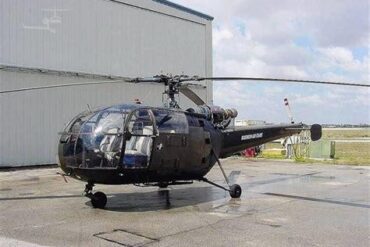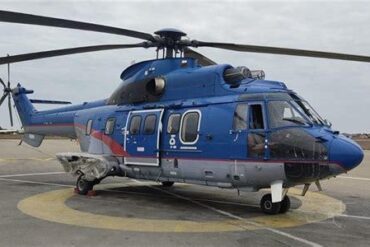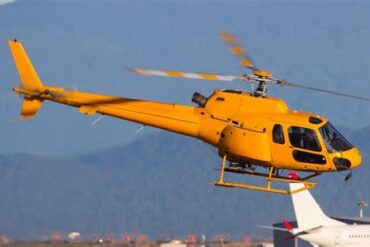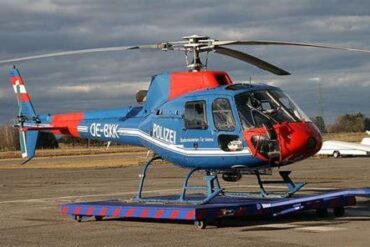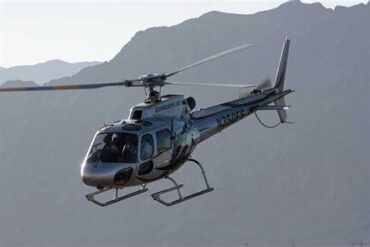The IAI Westwind 1 is a remarkable aircraft that has garnered attention for its unique blend of performance, comfort, and operational efficiency. As we delve into the specifics regarding its price and operating costs, it is crucial to understand the various factors that contribute to the overall financial commitment associated with this aircraft.
Overview of the IAI Westwind 1
The IAI Westwind 1, developed by Israel Aerospace Industries, is a twin-engine business jet that first entered service in the late 1970s. With its spacious cabin and impressive range, the Westwind 1 has become a popular choice for corporate travel and private ownership.
Specifications and Features
The aircraft boasts several notable specifications, including:
-
Capacity: Up to 8 passengers in a comfortable cabin layout.
-
Range: Approximately 2,800 nautical miles, allowing for transcontinental travel.
-
Cruising Speed: Around 400 knots, ensuring timely arrivals.
-
Engines: Equipped with Honeywell TFE731-2 turbofan engines, providing reliable performance and efficiency.
Price of the IAI Westwind 1
When considering the acquisition of an IAI Westwind 1, potential buyers must evaluate both the purchase price and the associated costs of ownership. The current market price for a used Westwind 1 typically ranges from $200,000 to $700,000, depending on various factors such as:
-
Aircraft Condition: The overall maintenance and condition of the aircraft significantly influence its market value.
-
Flight Hours: Aircraft with lower total flight hours often command higher prices.
-
Modifications and Upgrades: Enhanced avionics, interior refurbishments, and engine overhauls can add substantial value to the aircraft.
Financing Options
For many buyers, financing the purchase of an IAI Westwind 1 is a practical approach. Various financing options are available, including:
-
Traditional Loans: Secured loans through banks or financial institutions.
-
Leasing: Operating leases can provide lower monthly payments, allowing access to the aircraft without full ownership.
-
Fractional Ownership: Sharing ownership with other parties can reduce individual financial burdens while still offering access to the aircraft.
Operating Costs of the IAI Westwind 1
Understanding the operating costs is essential for any prospective owner or operator of the IAI Westwind 1. These costs can vary widely based on usage, maintenance practices, and operational efficiencies. The key components of operating costs include:
Fuel Costs
Fuel consumption is one of the most significant ongoing expenses for any aircraft. The Westwind 1 typically consumes around 150 gallons per hour of fuel. Given the average price of aviation fuel, which fluctuates but is often around $5.00 per gallon, operators can expect fuel costs of approximately $750 per hour of flight time.
Maintenance Costs
Regular maintenance is critical for ensuring safety and performance. Annual maintenance costs for the IAI Westwind 1 can range from $50,000 to $100,000, depending on the frequency of flights and the specific maintenance schedule adhered to. Key maintenance activities include:
-
A Checks: Routine inspections that occur every 400-600 flight hours.
-
B Checks: More comprehensive inspections taking place every 1,200 flight hours.
-
C Checks: Major overhauls that typically occur every 3,600 flight hours and can be quite costly.
Insurance Costs
Insurance is another vital aspect of operating costs. The cost of insuring an IAI Westwind 1 varies based on factors such as:
-
Pilot Experience: Insurers consider the experience level of the pilots operating the aircraft.
-
Usage: The intended use of the aircraft (private vs. commercial) can affect premiums.
On average, owners can expect to pay between $15,000 and $25,000 annually for insurance coverage.
Crew Salaries
For those who choose to operate the Westwind 1 commercially, crew salaries represent a significant portion of operating expenses. A typical flight crew for the Westwind 1 includes:
-
Pilot: Salary ranges from $70,000 to $120,000 per year, depending on experience and location.
-
Co-Pilot: Average salary of $50,000 to $80,000 annually.
Hangar and Parking Fees
Hangar and parking fees vary based on the location of the aircraft. In metropolitan areas, fees can be considerably higher. On average, owners may incur costs of $1,000 to $3,000 per month for hangar space.
Depreciation
Like all aircraft, the IAI Westwind 1 depreciates over time. Typically, business jets can lose about 5-10% of their value each year. Understanding depreciation is essential for budgeting and potential resale value considerations.
Cost-Benefit Analysis of Owning an IAI Westwind 1
Prospective buyers should conduct a thorough cost-benefit analysis to determine if the IAI Westwind 1 aligns with their travel needs and financial capabilities. Key considerations include:
-
Time Savings: The ability to bypass commercial airport processes can save valuable time.
-
Convenience: Direct access to various destinations without layovers enhances travel flexibility.
-
Comfort: The spacious cabin and personalized amenities create an exceptional flying experience.
Comparative Analysis with Competitors
When evaluating the IAI Westwind 1, it is beneficial to compare it with similar aircraft in its category. Competing models include:
-
Beechcraft Hawker 700: Known for its performance and reliability, but typically at a higher acquisition cost.
-
Learjet 35: Offers speed and efficiency but may have a smaller cabin and reduced range.
In terms of purchase price and operating costs, the IAI Westwind 1 often emerges as a cost-effective alternative, providing excellent value for the money.
Conclusion
In summary, the IAI Westwind 1 presents a compelling option for those in the market for a business jet. Its competitive pricing, reasonable operating costs, and impressive performance make it an attractive choice for private owners and corporate operators alike. By carefully evaluating the various financial aspects, potential buyers can make informed decisions that align with their travel requirements and budgetary constraints.

